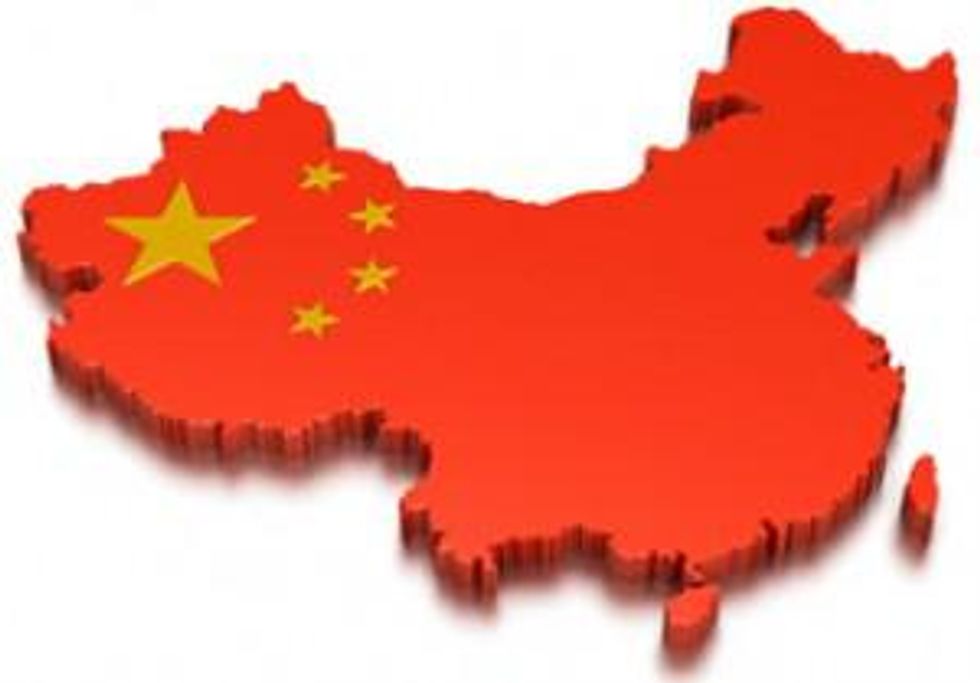Why China Molybdenum’s Shanghai IPO Made a Big Splash
Investor interest in China’s biggest moly producer is surging even though the country’s steel production is slowing. Here’s why.
The Shanghai IPO is a secondary stock issue for China Moly. Its main listing on the Hong Kong Stock Exchange barely budged in comparison, rising just 3.4 percent during the day.
China Moly’s big jump triggered a wave of speculation from analysts
The company aimed to raise US$579 million from its IPO to finance a new alloy project and increase its overall output. China Moly is China’s largest producer of molybdenum, and the world’s fourth-biggest. It is also a major tungsten producer.
However, the company cut its fundraising target by over 83 percent, to about US$93.5 million, after the China Securities Regulatory Commission (CSRC) asked it to lower its IPO price from between 6.49 yuan and 8.48 yuan to 3 yuan. The company also cut the number of shares it floated by 63 percent, to 200 million, due to a recent surplus of new issues coming on the market.
In a CNBC article, Dongxing Securities analyst Zhang Fang said the sharp jump in the share price “is the result of excessive pessimistic mood when the IPO price was set. There is now renewed speculative interest in relatively small IPOs.”
Yingda Securities analyst Liu Li agreed. “This was a very rare and heavy intervention by the regulators,” he told Reuters. “There was concern by the regulator that the offering would weigh on an already sluggish market. Today’s market response shows that the offering was priced too cheaply.”
Heavy early buying of the stock forced the Shanghai Stock Exchange to suspend trading on China Moly shares less than 90 minutes into the session.
Changing political winds could help China Moly
Another factor that’s attracting investor interest to the stock is China’s upcoming change in leadership. The country’s ruling Communist Party is preparing to hold a congress in November at which current president Hu Jintao will step down and a new leader, likely the country’s current vice president, Xi Jingping, will be appointed.
Many feel the new president will move quickly to try to boost the country’s flagging economy with a new round of stimulus measures. That would be a plus for China Moly because it could spur construction activity, which in turn would increase steel demand. Molybdenum, when added during the steelmaking process, makes steel harder and more heat resistant.
Increasing Chinese moly production stokes oversupply fears
China is currently the world’s largest molybdenum producer. It is also the largest consumer of the metal. In 2011, the country’s steelmakers used 168 million pounds of moly, up from 148.5 million pounds in 2010, according to the International Molybdenum Association.
However, there are signs that the country’s slowing economic growth is having an impact on its steel production. According to the China Iron and Steel Association, Chinese steel inventories were up 26 percent in August from a year ago. Production declined 1.7 percent from August 2011 and 4.8 percent from July 2012.
But the country’s declining steel output isn’t prompting its moly producers to follow suit. China’s total moly output stood at 137,127 MT through the first eight months of 2012, up 7.3 percent from the same period in 2011. Its output in August was 16,880 MT, up 13 percent from a year ago.
That has raised fears of an oversupply that could send moly prices lower. Already, Chinese ferromolybdenum prices have fallen from 123,000 to 128,000 yuan per MT in early January to between 98,000 and 101,000 yuan in mid-October, according to data from Metal-Pages. On the London Metal Exchange, cash prices have declined from around $29,000 per MT in January to today’s level of $24,000.
Lower moly prices will likely force production cuts
The potential for oversupply is one of the reasons metals and minerals research firm Roskill Information Services is forecasting continued uncertainty surrounding moly prices. In its recently issued molybdenum market outlook to 2016, the company pointed to a number of new projects coming onstream in the coming years, and not just in China:
“There appears to be sufficient existing mine capacity in 2012 and there is an additional 140ktpy [kilotons per year] under review of relatively low cost by-product molybdenum in new copper-molybdenum mining projects. On top of this, there is another 100ktpy of potential supply in molybdenum-driven projects.”
However, Roskill also points out that demand will continue to rise, and that producers will likely lower their output. “The counter balance to this potential oversupply is that the global market for molybdenum is expected to grow by some 60ktpy by 2016. It is also highly probable that many projects on the drawing board will be delayed or postponed,” the report’s abstract states.
Longer term, Roskill feels that stronger growth in the US after 2013 and continued urbanization in developing countries will continue to push up molybdenum demand.
Securities Disclosure: I, Chad Fraser, hold no positions in any of the companies mentioned in this article.
